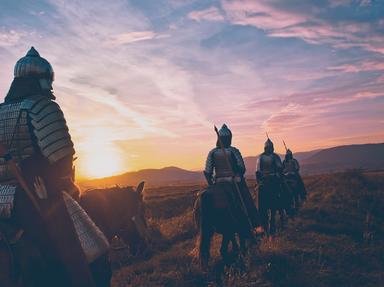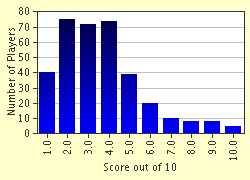Quiz Answer Key and Fun Facts
1. What piece of literature is generally considered to be the earliest written work in man's history?
2. Although involved in numerous skirmishes and sieges, Alexander the Great only engaged in four major battles in Asia. What was the first of these?
3. Who was the last Emperor of the Roman Julio-Claudian dynasty?
4. It is widely believed that Christopher Columbus discovered the New World in 1492, which until his death in 1506 he believed to be India. Others have been credited with visiting the Americas prior to Columbus including Leif Ericsson in 1000AD and Zheng He in 1421, but which explorer actually claimed that what had been discovered was in fact a new continent.
5. Following the famous 'Mutiny on the Bounty' incident of 1789, what additional measure did Captain William Bligh take as Commander of HMS Providence on his second and more successful voyage to collect breadfruit from Tahiti in 1791?
6. Who was the first Governor of the British Colony of Hong Kong?
7. Which epidemic is believed to have been the most fatal in human history?
8. The DH88 Comet was a record breaking racing plane which won the 1934 MacRobertson Race from Mildenhall in England to Melbourne in Australia in 71 hours. Which famous WWII aircraft was designed from the DH88 concept and in its own right a record breaker?
9. Which famous British 1950s boys comic featured such characters as PC49 and Captain Pugwash?
10. In the beginning of the 21st century a virus originating in China spread across the globe claiming hundreds of lives and introducing the World to the term, SARS. What does SARS stand for?
Source: Author
dericpw
This quiz was reviewed by FunTrivia editor
bloomsby before going online.
Any errors found in FunTrivia content are routinely corrected through our feedback system.


